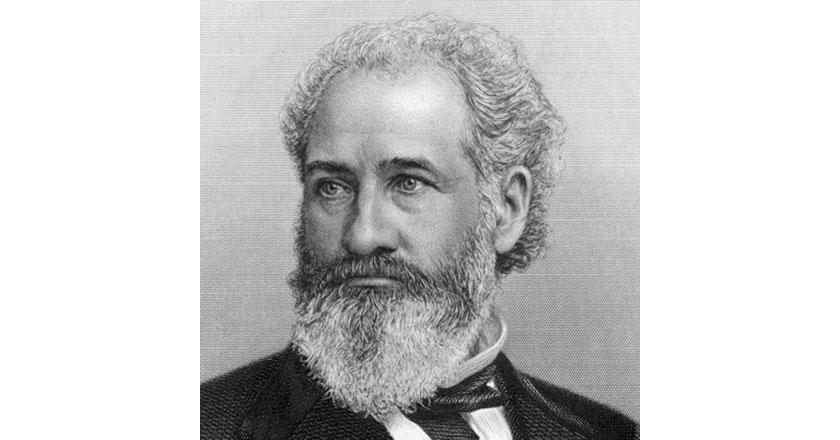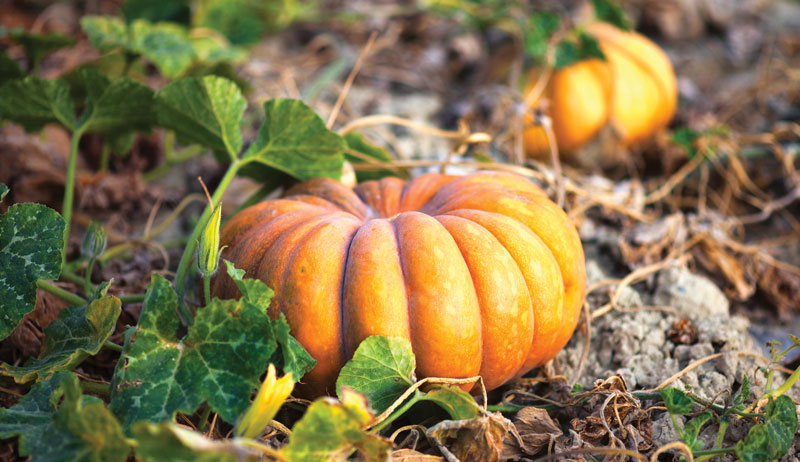By: Gary D. Barnett
I just returned yesterday from 9 days away, and my last major trip of the year. Great sun, warmth, water, food, and privacy made for a great getaway before major winter. I am perfectly relaxed, and refreshed, and ready to get back to serious writing.
I did notice that little changed while I was away, and that this “Great Reset” agenda is still moving forward, and mostly unimpeded. A sad state of affairs, but that is the reality of our situation.
_________________________________________________________________________________________
“If you want a picture of the future, imagine a boot stamping on a human face—for ever.”
~ George Orwell, 1984
I have already since I returned, been doing more research, and reviewing some important information concerning the global takeover that has been planned by the ‘elite’ rulers for well over 100 years. It is staggering to say the least, that everything that has happened and is happening today, has been telegraphed, and discussed openly for a very long time; all without this population ever taking heed. In fact, the masses have deliberately, although they were groomed to do so, ignored all truth in favor of hiding from it, all the while watching every aspect of freedom disappear. This is the tragedy of our current circumstance, and the apathy and indifference that consumes this population continues unabated, when any majority awakening and defensive action could end the tyranny immediately.
In this very brief first post since returning, I want to concentrate on one aspect of plotted idiocy that is evident, and just in time for another worthless, criminal, and ludicrous voting spectacle.
There have been some very good efforts by a few who point out important matters of fact, but they usually fall into the asinine trap of political fidelity to one side or the other; either due to ignorance, allegiance to this corrupt political system, or intentional controlled opposition reaction. I am speaking about calling out horrendous and psychotic behavior and reality, while ignoring certain aspects of truth in order to protect a favored position.
Depending on the political nature of the presenter, facts are ignored, or falsehoods including, in what would otherwise appear to be ‘honest’ reporting. One such example concerns the recent (and not so recent) factual evidence that two investment banking systems control most every single thing on earth, those being Vanguard and Blackrock. The information about the monopoly of the entire world by these two entities is almost beyond belief, but if one has any knowledge about the real controllers of the world, those like the Rothschilds, the Rockefellers, the Morgans, the Bushes, the ‘Royal’ families, the WEF, and a few others, this should be no surprise. But in the reporting of these truths, some real facts are left out due to taking sides with certain politicians or parties.
In the run-up to the long-planned ‘covid’ hoax, most all of those on the ‘right’ bringing these important revelations to the forefront, are still attempting to…













